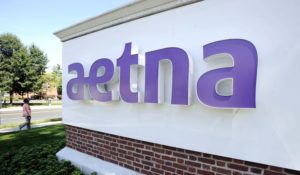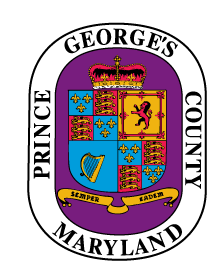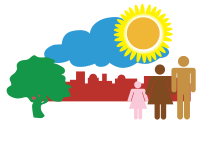Landover, MD–Prince George’s County has been awarded $1.6 million for FY2017 by the Maryland Health Benefits Exchange (MHBE), the administrator of Maryland’s health insurance marketplace, to provide enrollment assistance, education and outreach to Prince George’s County residents as a newly established consumer assistance organization. The term of the renewable grant began July 1, 2016 and runs through June 30, 2017.
Known as “Prince George’s County Health Connect,” the program will be administered by the Prince George’s County Department of Social Services (DSS); and is comprised of four primary partners: the Prince George’s Health Department, the Primary Care Coalition (PCC), Mary’s Center, and Health Care Dynamics International (HCDI); and four Prince George’s County-based nonprofits: CASA, Community Clinic, Inc. (CCI), Heart To Hand, and Sowing Empowerment & Economic Development (SEED).
Prince George’s County Health Connect joins seven other regionally-based MHBE consumer assistance programs across the state. Previously paired with Montgomery County as one operation, Prince George’s County and Montgomery County will now operate independently but cooperatively. Both counties geographically comprise the Capital Region.
“We are excited about the award, and the opportunity for Prince George’s to be a consumer assistance organization. We have one of the most diverse counties in the entire state. As a program, we will have enhanced flexibility to meet the diverse needs of our residents,” said Gloria Brown, Director of the Department of Social Services.
The partner organizations will utilize certified navigators to provide in-person assistance to help residents learn about, apply for and enroll in health insurance, including Medicaid (MA), and the Maryland Children’s Health Program (MCHP), as well as primary care insurers, specialty care insurers, dental insurers, and others. Navigators and community health workers will also educate residents on insurance usage. The free services are mandated by the state, in accordance with the Patient Protection and Affordable Care Act (ACA) law established in 2010.
“We’re excited to add a partner with a history of great outreach work in Prince George’s County that is committed to reinforcing our efforts to provide outreach and enrollment in that part of the state,” said Carolyn Quattrocki, Executive Director of MHBE. “The partnership in this region, as well as others throughout Maryland, will allow us to better assist and inform communities across the state and to help ensure that everyone has access to affordable health coverage.”
MHBE launched the connector program in 2013, the first year of open enrollment for health insurance under ACA. Since then, Maryland has been one of the fastest growing states in the country for health insurance enrollment.
According to MHBE, more than one million Maryland residents have been enrolled in health insurance, including Medicaid through the Maryland Health Connection, of which more than 140,000 of those who enrolled are Prince George’s County residents. The next open enrollment period runs November 1, 2016 through January 31, 2017.
About Maryland Health Connection: Maryland Health Connection (MHC) is the state-based health insurance marketplace for individuals and families to compare and enroll in health insurance, as well as determine eligibility for Medicaid and other assistance programs, federal tax credits and cost-sharing reductions.
http://www.princegeorgescountymd.gov/CivicAlerts.aspx?AID=369







